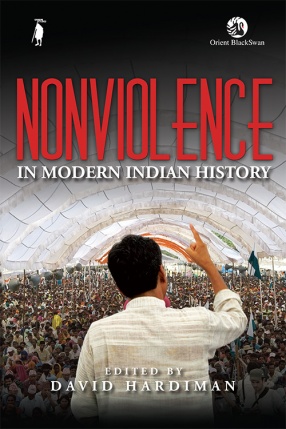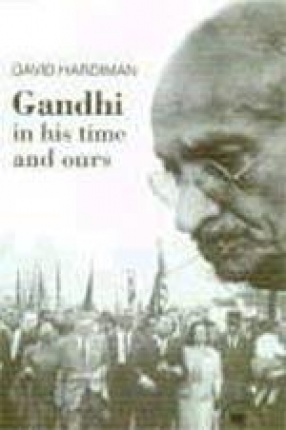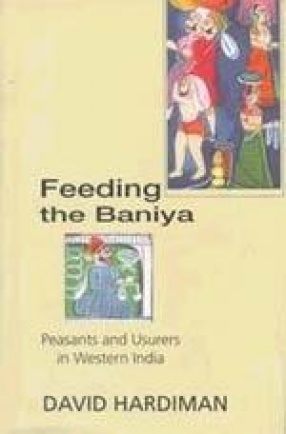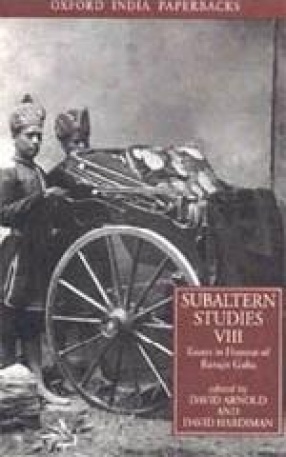
Showing all 4 books



How relevant are nonviolent Gandhian protests in India, decades after Independence? What tools and techniques of nonviolence can history offer us in the face of the surge in communalism and fundamentalism? What are the limits of nonviolence as a strategy?
Nonviolence in Modern Indian History throws light on how acts of nonviolent dissidence have been used with varying degrees of success by people of different political persuasions. Far from looking at nonviolence ...

A peasant proverb in western India gives expression to the hegemony of Baniya usurers over the peasants: 'I love the Sheth Baniya so much that I have given him a fat belly.' The indebted peasantry feeds the Baniya merchants' never-ending demands for agrarian produce, enriching the usurers while being itself trapped in a cycle of poverty. In this detailed and comprehensive study of the relationship between peasants and Baniya usurers in western India, David ...

In this book, David Hardiman examines Gandhi as the creator of a radical style of polities which has proved effective in fighting insidious social divisions within India and, at various times, elsewhere in the world. he argues that whereas politicians usually garner support by demonising those they oppose, Gandhi resisted such a politics with his whole being.

Subaltern Studies VIII consists of essays in honour of Ranajit Guha, the founding father of Subaltern Studies, by five members of the original editorial group. The essays take up themes from Guha’s own work, linking subaltern experience and mentality with colonial knowledge / power and the cultural and political processes of Indian elites. The volume opens with Partha Chatterjee’s examination of history writing in Bengal, how the concept of a ‘national’ ...
